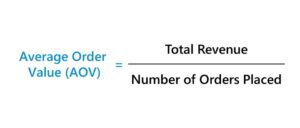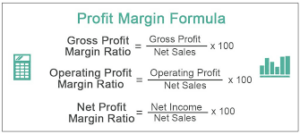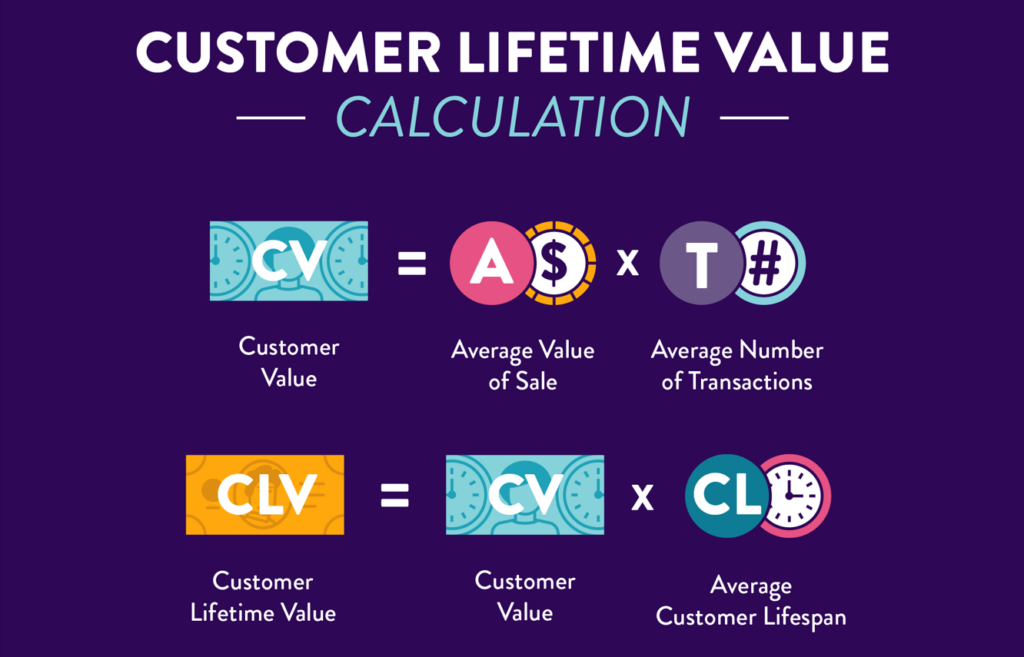Free Shipping: A Good Offer that Helps Small Businesses?

Free shipping has become a popular offering among retailers in recent years. It is a marketing strategy that aims to attract and retain customers by eliminating the cost of shipping on certain products or orders. This perk has gained significant traction in the e-commerce industry, where online shoppers have come to expect fast and affordable shipping options. In this response, we will explore how free shipping works, its benefits for both businesses and customers, and the various considerations involved in implementing this strategy.
Benefits of Free Shipping
Free shipping offers several advantages for both businesses and customers. For businesses, it can be an effective way to increase sales and conversions. By removing the shipping cost, retailers can reduce barriers to purchase and incentivize customers to complete their transactions. This can lead to higher order values and improved customer loyalty. Additionally, free shipping promotions can differentiate a company from its competitors, enhance its brand image, and attract new customers.
For customers, free shipping provides a sense of added value and convenience. It eliminates the need to factor in shipping costs when making purchase decisions, making online shopping more transparent and predictable. It also encourages customers to explore a retailer’s offerings further, as they may be more inclined to browse and purchase additional items to take advantage of the free shipping offer.
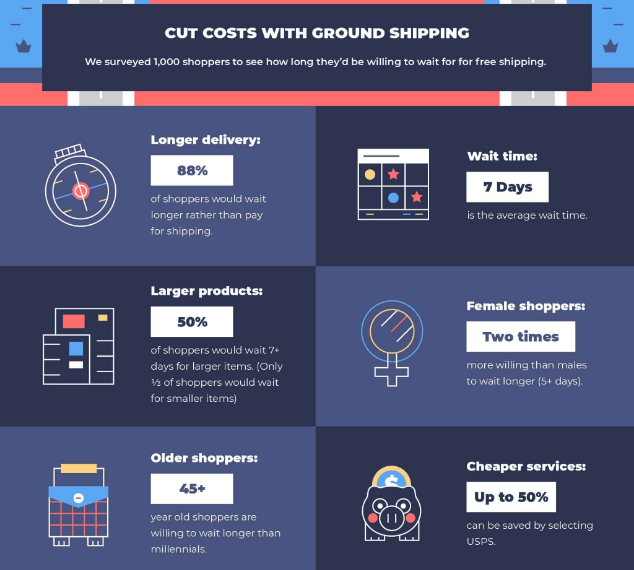
Implementation and Considerations
Implementing free shipping involves careful planning and consideration of various factors. Retailers need to determine the parameters of their offer, such as the minimum order value required to qualify for free shipping and any restrictions on eligible products or geographic locations. These decisions depend on factors like the retailer’s profit margins, average order value, and shipping costs.
To absorb the cost of shipping, businesses may employ different strategies. Some companies may choose to build the cost into the product prices, effectively spreading it across their entire customer base. Others might negotiate favorable shipping rates with carriers, leverage economies of scale, or explore partnerships to share shipping expenses. Ultimately, the goal is to strike a balance between offering free shipping and maintaining profitability.
It’s important to note that free shipping is not without its challenges. High shipping costs, particularly for large or international orders, can strain a retailer’s resources. To mitigate these challenges, businesses may implement restrictions on free shipping, such as limiting it to certain regions or excluding oversized items. Regular analysis of shipping costs and consumer behavior can also help optimize the free shipping strategy.
How do you plan to offer free shipping?
Free shipping works by eliminating the cost of shipping for customers, either fully or partially, on their orders. The exact mechanics of how free shipping works can vary depending on the specific strategy implemented by a business. Here is a general overview of how free shipping typically operates:
-
Minimum Order Value: One common method is to offer free shipping for orders that exceed a certain minimum value. This encourages customers to increase their order size to qualify for the benefit.
-
Promotional Periods: Another approach is to offer free shipping during specific promotional periods, such as holidays or special sales events. This creates a sense of urgency and can drive higher sales within the designated timeframe.
-
Membership or Loyalty Programs: Some retailers provide free shipping as a benefit to their loyal customers or members who have subscribed to a paid program. This can help build customer loyalty and encourage repeat purchases.
-
Product-Specific Free Shipping: Instead of offering free shipping on all orders, you can choose specific products or product categories that qualify for free shipping. This allows you to control costs by limiting the offer to select items.
-
Strategic Partnerships: Collaborating with shipping carriers or third-party logistics providers can help negotiate favorable shipping rates or share shipping costs. This approach can be particularly beneficial for smaller businesses or startups.
-
Absorbing Shipping Costs: Some retailers choose to absorb the cost of shipping by adjusting their product prices slightly. This spreads the cost across all customers, regardless of whether they qualify for free shipping or not.
It’s important to carefully analyze your business’s financials, shipping costs, and customer behavior when planning to offer free shipping. Consider conducting cost-benefit analyses and regularly reviewing the impact of the strategy to ensure its sustainability and effectiveness.
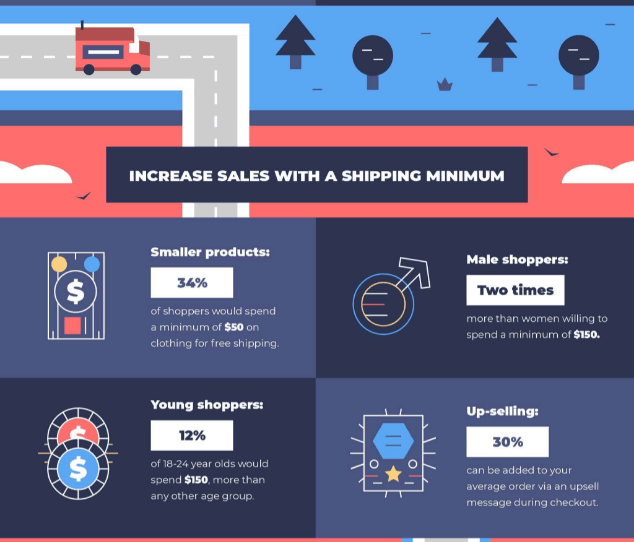
Why offering free shipping is so important for your brand?
Free delivery has several benefits for your brand:
Customers anticipate free delivery in today’s competitive e-commerce market. Free delivery from rivals might hurt your brand. Free delivery satisfies customers and keeps you competitive.
Free delivery boosts conversions and sales. Free delivery has been shown to boost conversions and sales. Customers are more likely to buy when delivery is free.
Free delivery boosts consumer happiness and loyalty. Your brand is boosted when clients get their purchases sans shipping fees. Satisfied consumers are more likely to return and suggest your business, building brand loyalty.
Competitive Advantage: Free delivery helps distinguish your business and attract new consumers. In a competitive market, this bonus might help shoppers pick your brand. It differentiates you in customers’ thoughts and adds value.
Free delivery boosts brand image. Free delivery shows kindness, justice, and honesty. It shows that your brand appreciates customer happiness and invests in a smooth buying experience.
Free delivery may boost marketing. It allows targeted marketing, promotions, and consumer involvement. Free delivery draws attention, creates excitement, and encourages people to buy.
Free delivery costs money, but it may boost sales, customer loyalty, and market competitiveness. To guarantee free delivery fits your strategy and finances, thoroughly assess your company model, profitability, and shipping operations.
What is the math behind free shipping?
Free delivery must be financially sustainable for your company. Consider these factors:
Average Order Value (AOV): Divide your total income by the number of orders during a period to get your AOV. Understanding your AOV helps evaluate whether your order income covers delivery expenses.
Shipping expenses: Assess your shipping expenses every purchase. This covers packing materials, labor, shipping carrier costs, and any added services like tracking or insurance. Consider if weight, size, and destination affect these expenses.
Profit Margins: Evaluate your profit margins by product or category. Understanding how much profit you earn on each transaction and if you can offset shipping expenses is crucial. Assess your margins and financial health after absorbing shipping charges.
Minimum Order Amount: Determine the minimum order amount for free delivery. This ensures that order income achieves the minimal level to pay shipping costs while still being appealing to buyers.
Consider how free delivery influences conversion rates. Higher conversion rates may enhance sales, but you should consider if the sales rise covers the transportation expenses.
Customer Lifetime Worth (CLV): Assess your customers’ long-term worth. Your revenue increases with repeat customers. Offering free shipment may boost customer loyalty and CLV, justifying the expense of shipping.
Marketing and Competitive Advantage: Assess the marketing and competitive benefits of free delivery. Think about how it positions your brand, draws new consumers, and sets you apart from the competition. A free delivery may be worth it for these intangible perks.
You may assess whether providing free shipping corresponds with your company objectives and if the math supports a sustainable and profitable approach by evaluating these variables and completing extensive financial research. Maintaining a balance between customer happiness, profitability, and company development requires frequent monitoring and adjustments.
Marketing and promotion: Free delivery may work. Targeted advertising, promotional offers, and client participation are possible. You may draw attention, build discussion, and motivate people to buy by offering free delivery.
Free delivery may boost sales, customer loyalty, and market competitiveness, but it comes at a cost. Free delivery should match your company model, profitability, and shipping capabilities.
Conclusion
Free shipping can be a valuable strategy for your business, as it aligns with customer expectations, increases conversions, improves customer satisfaction, and enhances your brand’s competitive advantage. However, it requires careful financial analysis, considering factors such as average order value, shipping costs, profit margins, and customer lifetime value. Implementing cost optimization strategies, clear communication, and addressing additional considerations like returns, international shipping, and customer service are also important. By finding the right balance, free shipping can be a powerful tool to drive sales, foster customer loyalty, and elevate your brand in the marketplace.

